Of avalanches and waves
A turbulent year is soon coming to an end. Despite the coronavirus, much has been researched, developed and invented at ETH Zurich. ETH News looks back at 2021.

January

What happened in the winter of 1959 at Russia’s Dyatlov Pass will never be completely clarified. However, scientists at ETH Zurich and EPFL have found a new explanation for the mysterious accident that claimed the lives of nine cross-country skiers. Strong downhill winds possibly deposited so much snow above the campsite that it triggered an avalanche, burying the bivouac and four expedition members under it. The others froze to death.
People with leg amputations could soon have novel prosthetic limbs developed by ETH researchers that transmit sensory input to nerves, helping them to perceive the prostheses as body parts.
February
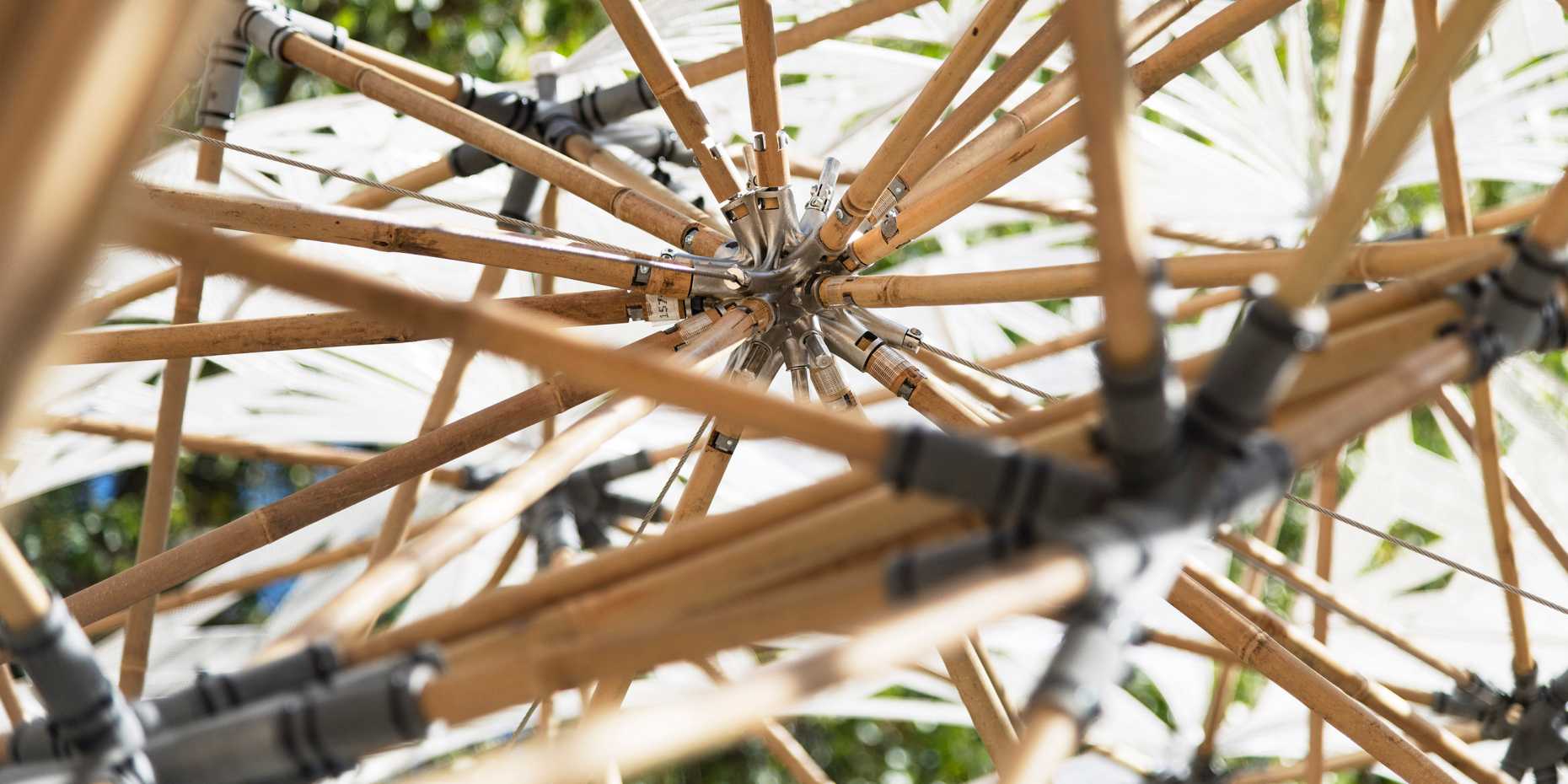
ETH students use bamboo to create a filigree pavilion using digital fabrication techniques, thereby demonstrating the possibilities of construction with natural materials.
3D-printed bioresorbable airway stents are making headlines. This could greatly simplify the future treatment of upper airway obstruction. Such stents are currently made of metal or silicone, which must be later removed surgically.
March
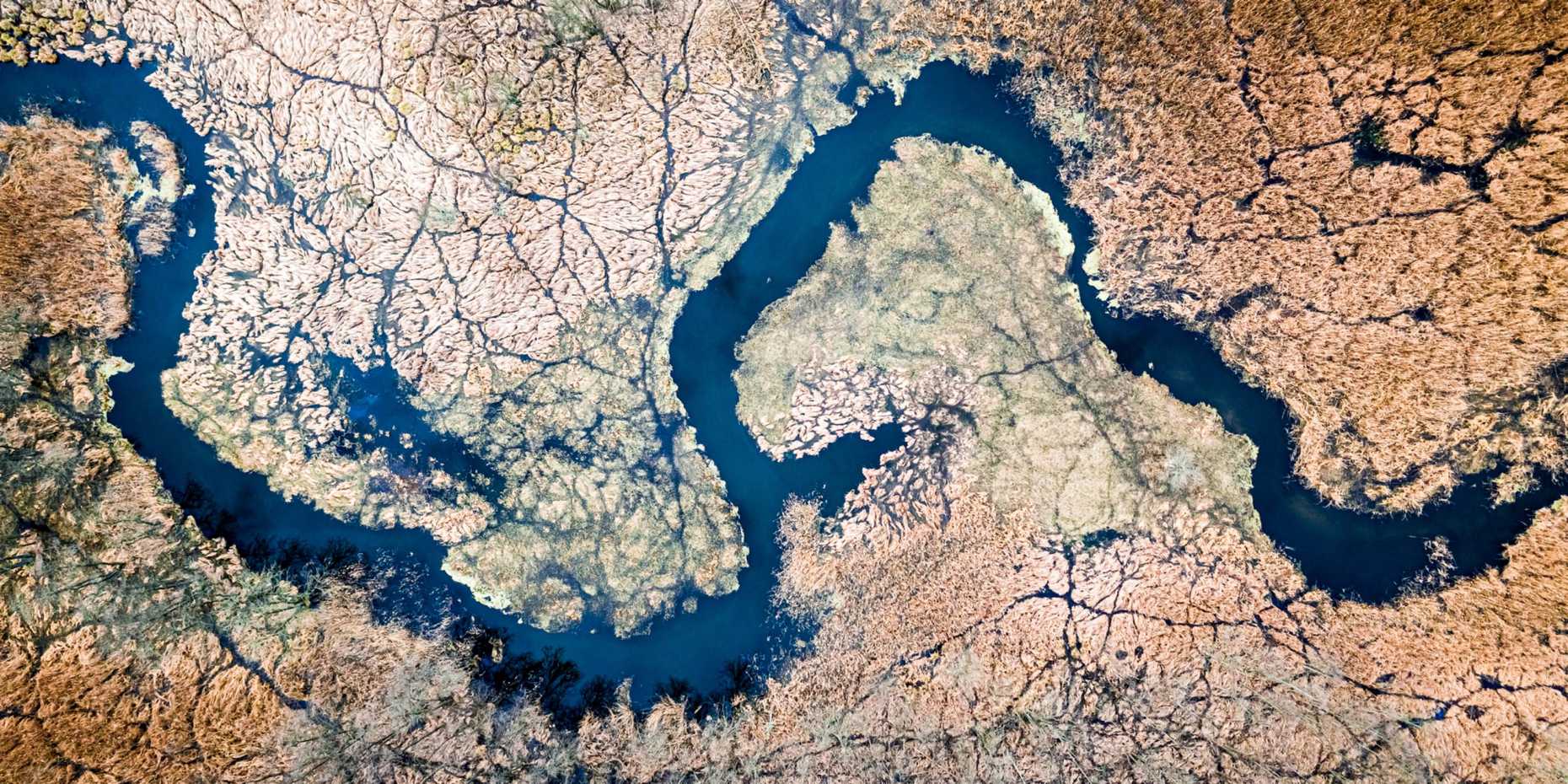
Around the world, many rivers carry less water today than they did decades ago. In some cases, the water is being diverted for use in agriculture or energy production. But the most significant global reason for the decline is climate change.
More frequent storms and floods are also occurring because of climate change. As a result, several million people worldwide are being forced to leave their homes every year. Calculations show that the numbers of such climate change-induced internal refugees will swell by 50 percent for every degree by which the Earth becomes warmer.
To provide early warning of debris flows, scientists develop a new system based on seismic measurements. Artificial intelligence distinguishes between vibrations caused by a debris flow and other ground vibrations.
April
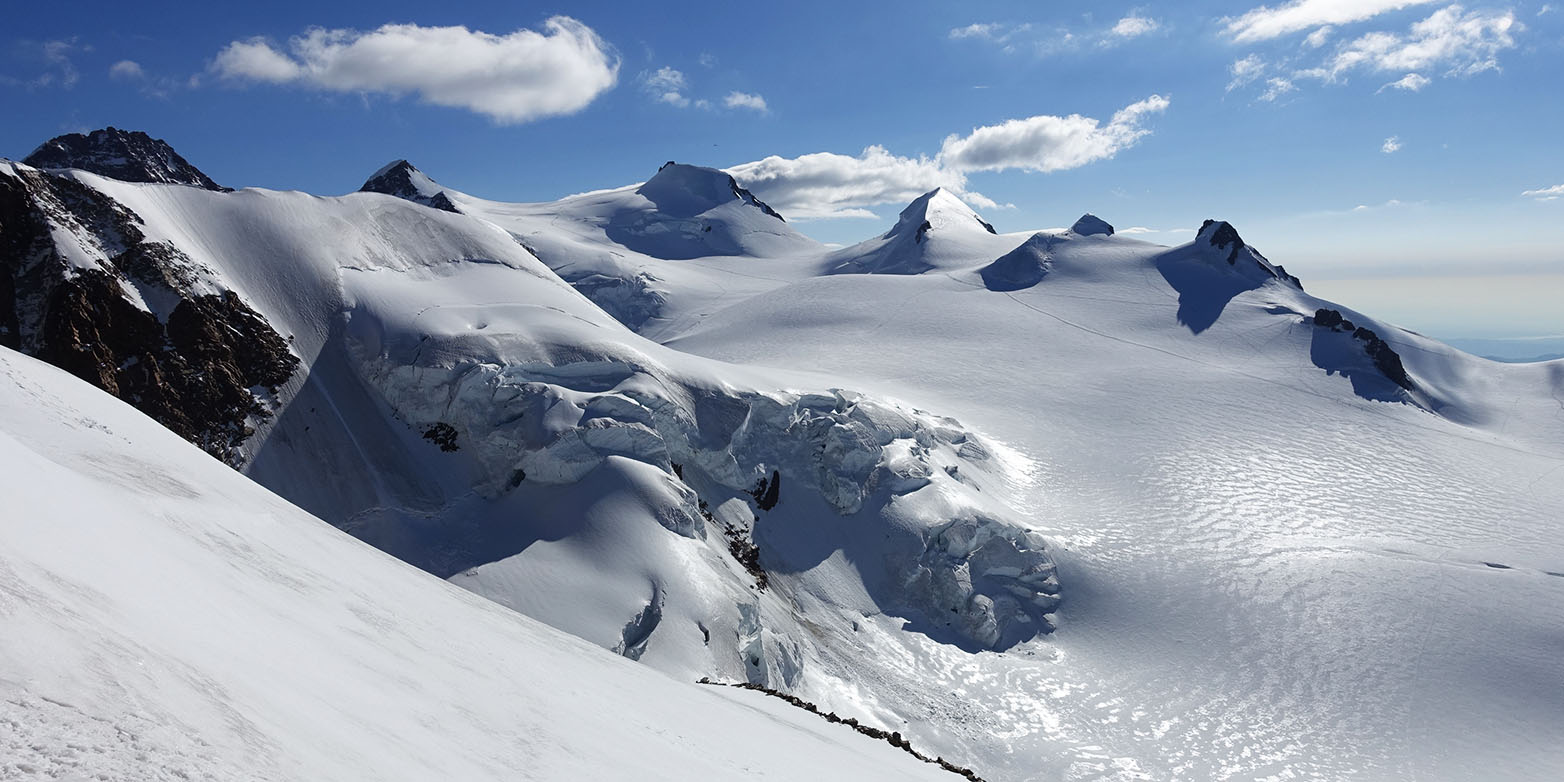
The Earth’s glaciers have lost a huge 5.3 quadrillion tonnes of ice over the past 20 years. A team including ETH researchers calculates this shrinkage for the first time
The scientists also show that glacier retreat has accelerated during this time. Other ETH scientists are developing nanoparticles that can fight disease-causing bacteria even when they hide inside body cells. Conventional antibiotics have great difficulty reaching microbes inside cells.
May

Professor Emeritus of Architecture Anne Lacaton and her partner Jean-Philippe Vassal receive the prestigious Pritzker Prize. The prize is regarded as the Nobel Prize of the architecture world and is in recognition of their contribution to social and sustainable architecture.
An international research team led by ETH Zurich reveals how chemical compounds inhibit protein production in cells infected by the SARS-CoV-2 virus, thereby significantly reducing viral replication in infected cells.
Renowned planetary scientist and Nobel laureate Didier Queloz is moving to ETH Zurich, where he will study the origins of life.
June
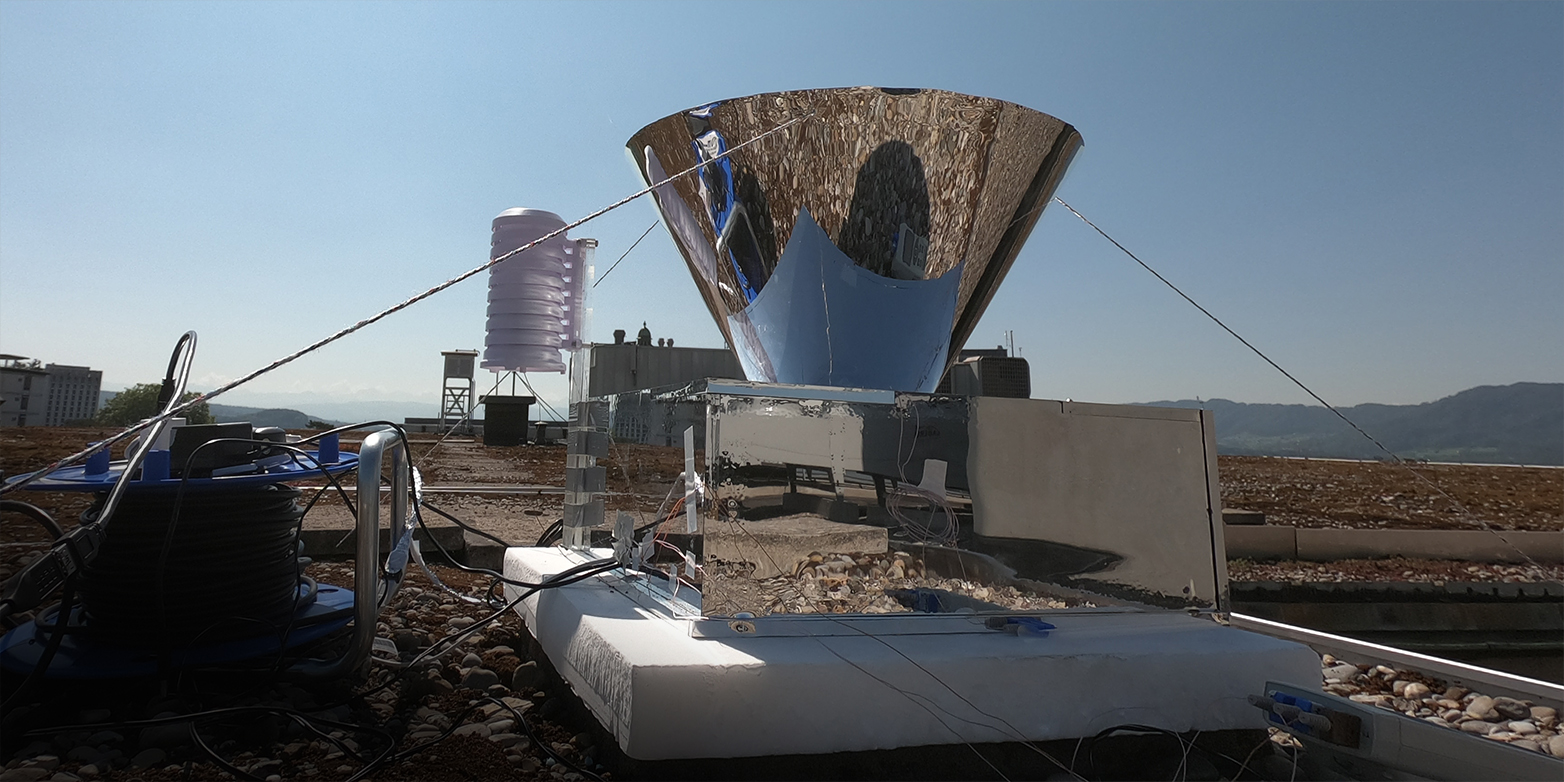
Specialists in thermodynamics develop a water condenser for dry regions: the condenser extracts water from the ambient air around the clock without energy input.
At the beginning of the month, ETH receives the sad news that Richard Ernst, Professor Emeritus of Physical Chemistry and Nobel laureate, has passed away at the age of 87.
There is a change at the Swiss National Covid-19 Science Task Force: Martin Ackermann hands over the presidency, ETH Professor Tanja Stadler assumes this responsible position.
July
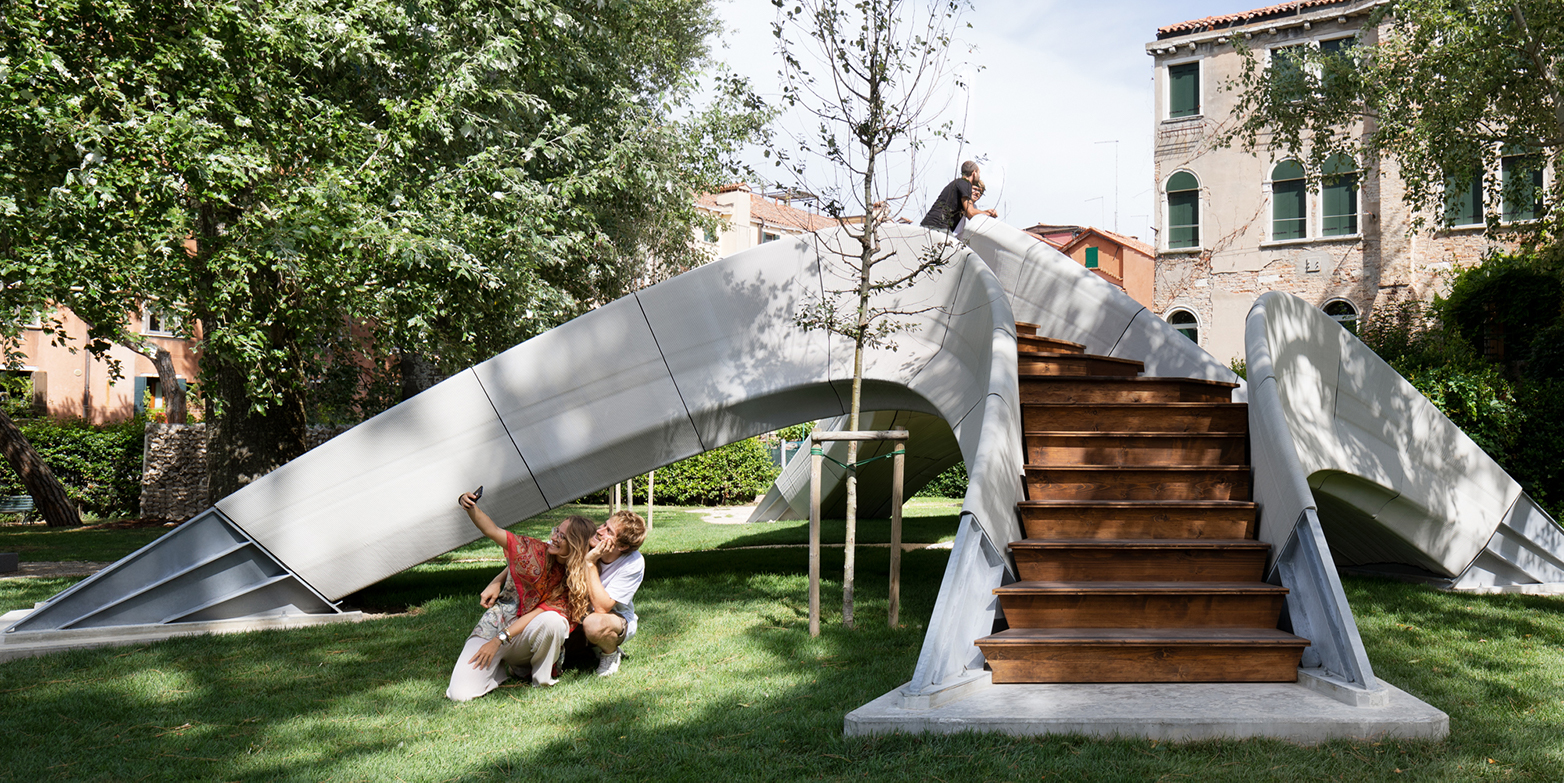
In a park in Venice, architects build an arched pedestrian bridge made of additively manufactured concrete blocks that complement each other to form load-bearing arches based on an old model and do not require reinforcements.
ETH students test various automated methods for removing plastic from rivers on the Limmat as part of the “Autonomous River Cleanup” project.
This year marks the 100th anniversary of his Nobel Prize in Physics: Albert Einstein was a student and professor at ETH Zurich – in October, the university is bringing him to digital life.
The famous alumnus would have been pleased: researchers on the InSight mission, in which ETH Zurich is participating, are measuring the anatomy of the Red Planet. With the help of seismic data, the Earth scientists looked inside Mars for the first time.
August
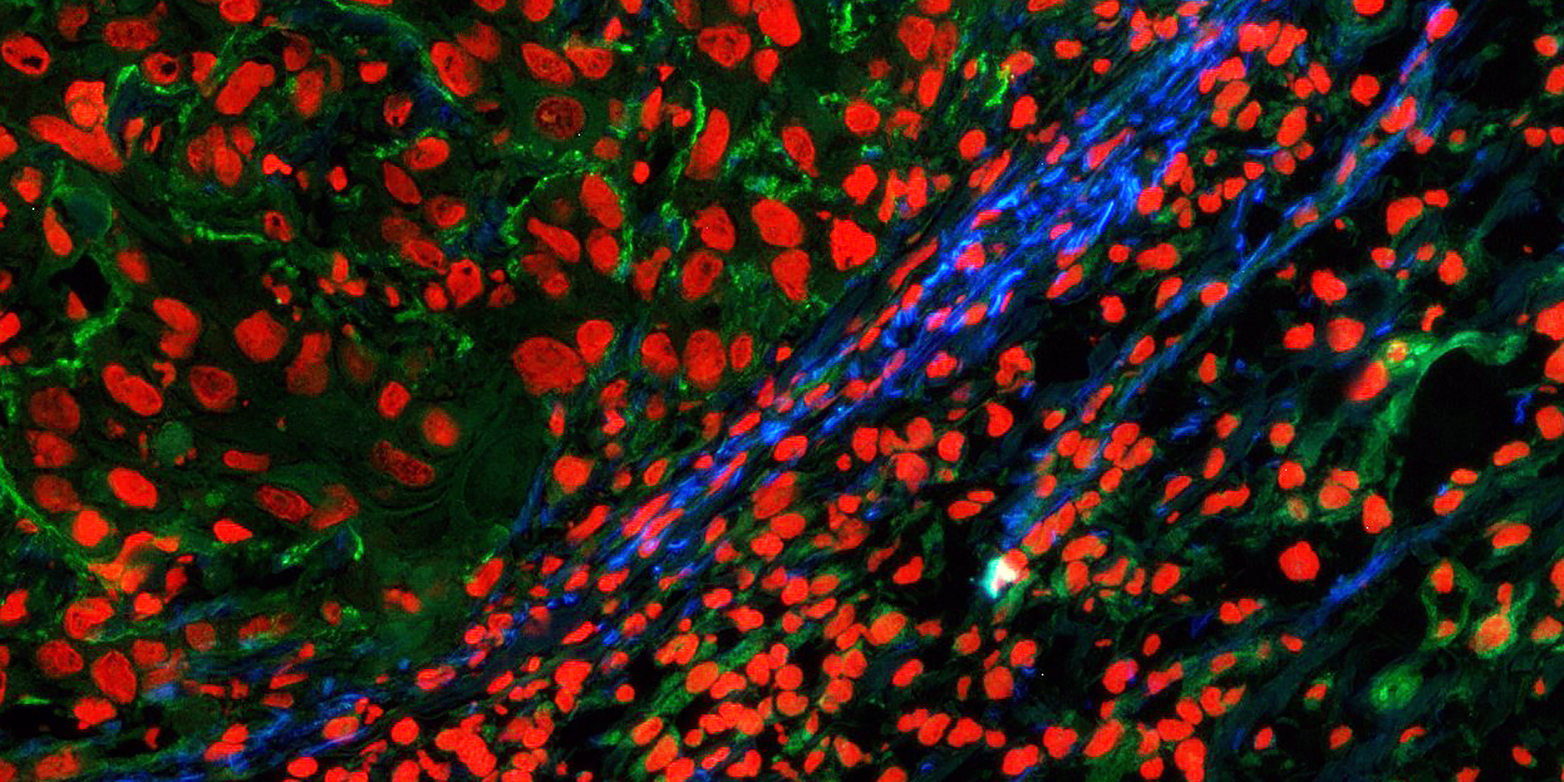
Also illuminating is a sensor molecule created by chemists and cell biologists – it glows in the body to show where new tissue is forming. In this way, it can make tumours visible or help in research into impaired wound healing.
Meanwhile, climate physicists and computer scientists are sharpening their focus on the Earth’s atmosphere: together with partners, they are developing a new data infrastructure for high-resolution weather and climate models that can simulate clouds, thunderstorms and storms globally.
September
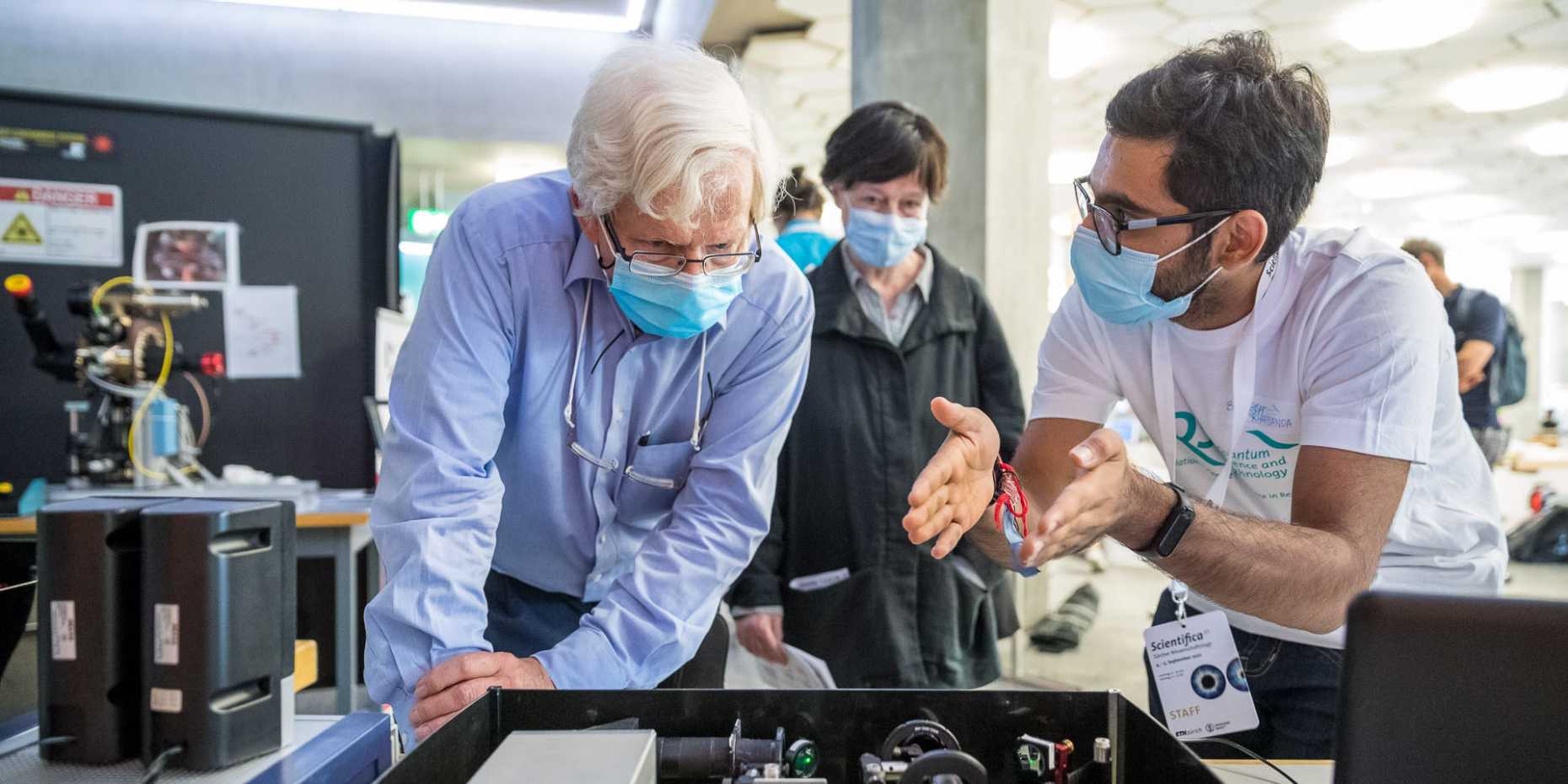
The seventh edition of Scientifica is a resounding success. Thousands of people visit the Science Days organised jointly by the University and ETH Zurich, which for the first time are held at three locations. Visitors are able to discuss science topics directly with researchers at over 60 exhibition stands and numerous events.
ETH researchers devise an ingenious method of using acoustics to conceal and simulate objects in real time. The primary sound field is changed in a way that obliterates the sound waves or simulates non-existent ones.
October

ETH Zurich opens a second Student Project House on its Zentrum campus. Students can turn their own ideas into reality in generously equipped rooms. The university wants to encourage students to use these new facilities to initiate and engage in projects that don’t feature on the curriculum.
ETH researchers come to a surprising conclusion when they examine the effect of green tea. They find that rather than suppressing oxidative stress in the body’s cells as previously assumed, green tea promotes it. It remains nevertheless healthy because it strengthens the body’s defence mechanisms.
Based on 245 volcanic eruptions, ETH researchers are able to reconstruct how the events in the magma chamber influence the type of a volcanic eruption. The key factors are how much water is dissolved in the magma and how many solid crystals are in the melt.
ETH Zurich makes a special appearance at the Olma, the largest Swiss trade fair for agriculture and nutrition. Using interactive games, the university provides visitors with valuable background knowledge while demonstrating how the digital transformation is set to change agriculture.
November
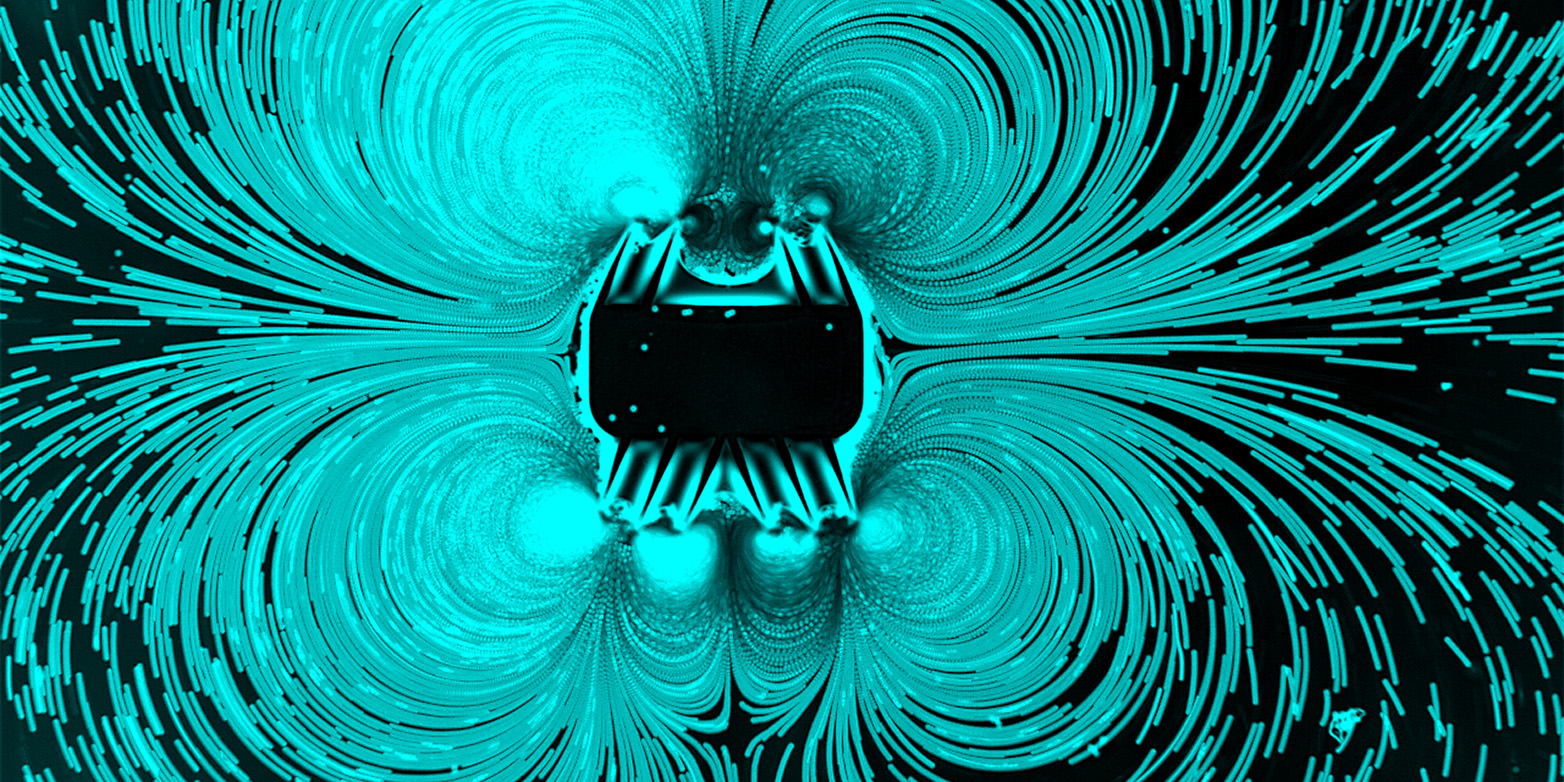
Inspired by starfish lava, ETH researchers are developing a microrobot powered by sound waves that could deliver drugs with pinpoint accuracy to diseased cells in the body.
ETH scientists are using a solar mini-refinery to produce carbon-neutral fuel from sunlight and air under real conditions. The new process will play a crucial role in making aviation and shipping more sustainable.
Sarah Springmann celebrates an emotional farewell on her last ETH Day as Rector. She is stepping down at the end of January after 25 years at ETH Zurich. The university is losing a great individual who worked tirelessly for ETH, its students and the advancement of women.
December
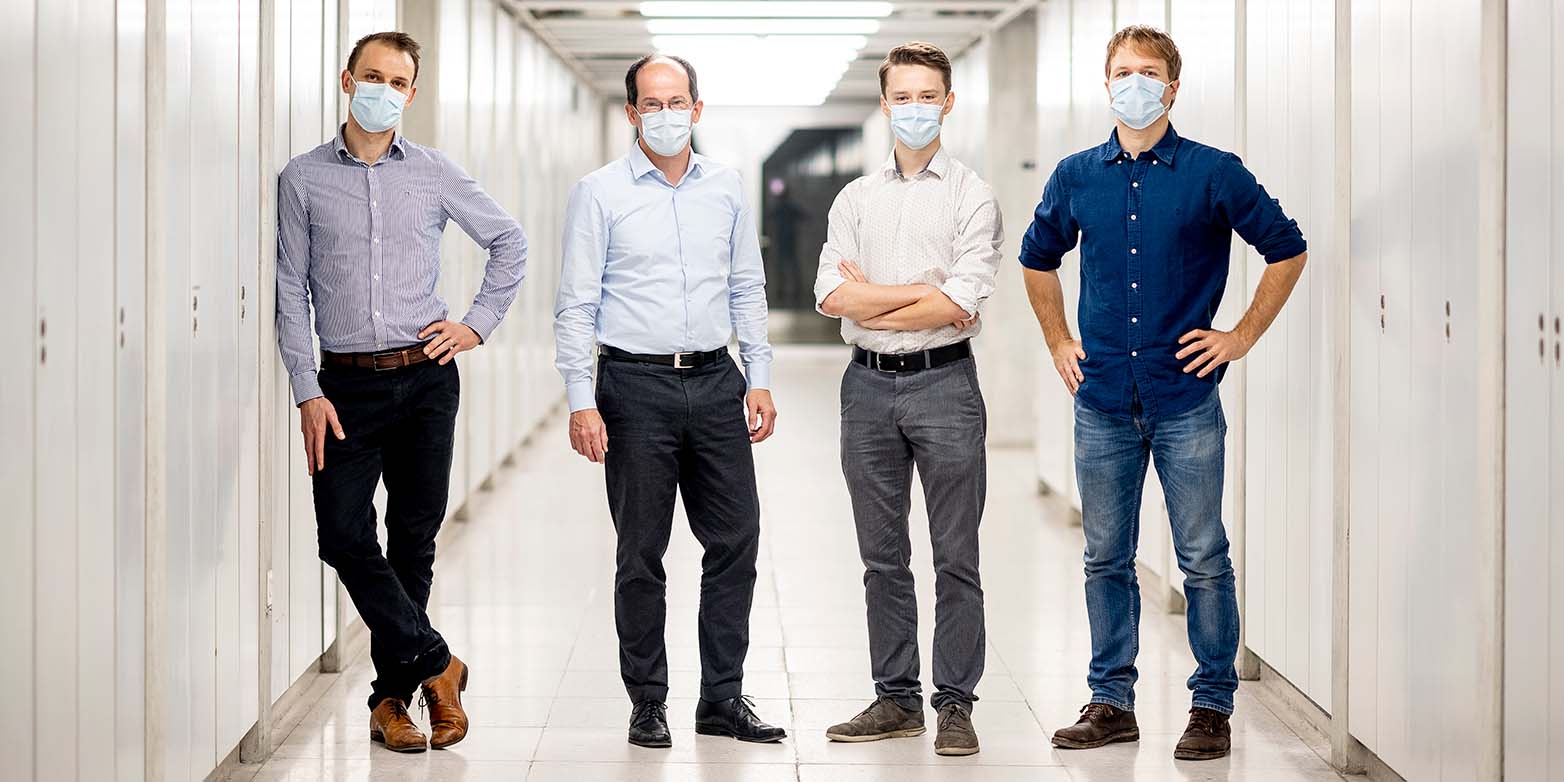
Researchers at ETH Zurich also succeed for the first time in continuously and quickly correcting errors in digital quantum systems. This overcomes an important hurdle on the road to practical quantum computing.
In an analysis of the global value chain of plastics, ETH researchers demonstrate that plastics have a greater negative impact on climate and health than had been assumed. The reason for this is the increased use of coal for process heat, electricity and as a raw material in production.
A research team at ETH Zurich is investigating how best to counter hate comments on the web. Reactions that generate empathy for those affected are the most effective, while humour or references to possible consequences are of little help.
Comments
No comments yet